How AI is Boosting the Data Center Market
The artificial intelligence boom is driving unprecedented growth and reshaping industrial development, according to the latest CommercialEdge report.
The rapid growth of artificial intelligence has surged demand for data centers, fueled by their need for vast data and processing power, according to the most recent CommercialEdge industrial report.

This demand, however, poses challenges to development, shifting construction to secondary markets. In the 120 markets surveyed by CommercialEdge, 27.4 million square feet of data centers are under construction, with an additional 33.5 million square feet in planning stages. Despite a slowdown in overall industrial starts, data center construction is rising, reaching 14.2 million square feet in 2023, up from an average of 10 million square feet in previous years.
Northern Virginia dominates data center development but faces concerns over power capacity amid AI-driven expansion. Operators are eyeing western or secondary markets for growth. While western regions offer cheaper land and power, water scarcity poses a challenge. Rising water usage in data centers is raising environmental concerns in cities like Phoenix, Salt Lake City and Eastern Oregon.
READ ALSO: AI Demand Boosts Data Center REITs
The under-construction pipeline featured 419.8 million square feet of industrial space at the end of February, accounting for 2.2 percent of total stock, CommercialEdge data shows. Rising interest rates, stricter construction loan standards, balanced industrial demand, and economic uncertainty have collectively dampened industrial construction, which surged in 2021-2022.
New starts plummeted over 40 percent from 2022 to 2023, with only 341.9 million square feet commenced last year. In early 2024, CommercialEdge recorded just 20.0 million square feet, signaling a significant slowdown.
The largest pipelines on a percentage of stock basis were found in Phoenix (11.1 percent, 42.6 million square feet underway), Charlotte, N.C. (4.1 percent, 12 million square feet), Kansas City, Miss. (4.1 percent, 11.2 million square feet), Memphis, Tenn. (3.4 percent, 10 million square feet), Dallas (2.9 percent, 27.2 million square feet) and Denver (2.8 percent, 7.3 million square feet). Meanwhile, industrial sales year-to-date in February totaled $5.7 billion, with properties trading at an average of $132 per square feet.
Stable industrial prices despite demand recovery
National in-place rents for industrial space averaged $7.68 per square foot in February, marking a 750 basis-point increase from the same time last year. Despite this, rents dipped by 4 cents compared to February 2023, according to CommercialEdge data. The Inland Empire maintained its lead in national rankings with a remarkable 12.7 percent year-over-year rent growth. Miami followed closely with a 12.0 percent increase, while both Orange County and Los Angeles surpassed the 10 percent mark, registering growth rates of 11.4 percent.
Meanwhile, national industrial vacancy reached 5.0 percent in February, up 20 basis points from the month prior. Increased new supply entering the market alongside a cooling demand has driven the uptick in vacancy rates, offering relief to highly sought-after markets. Vacancy was lowest in Kansas City, Miss. (2.5 percent), Columbus (2.7 percent), Charlotte and Indianapolis (3.1 percent), Phoenix (3.2 percent) and Nashville, Tenn. (3.5 percent).
Read the full CommercialEdge report.

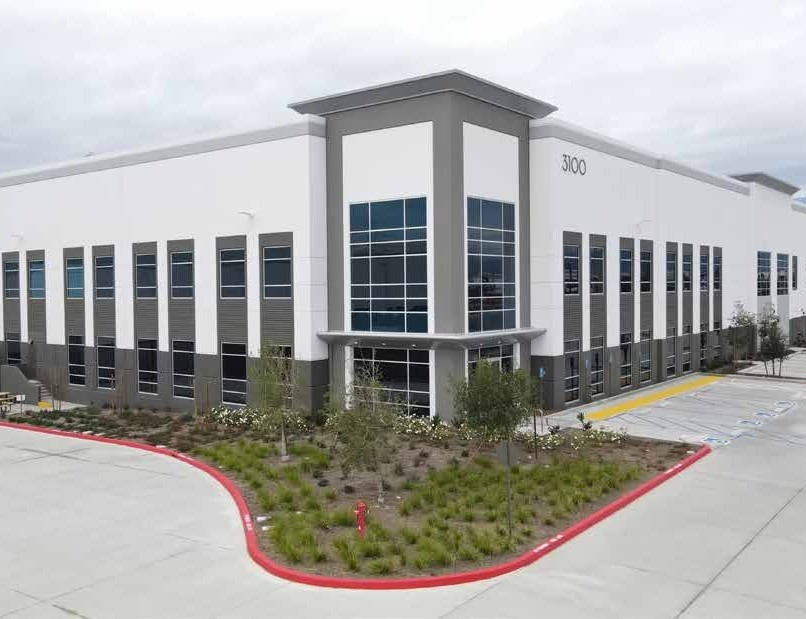

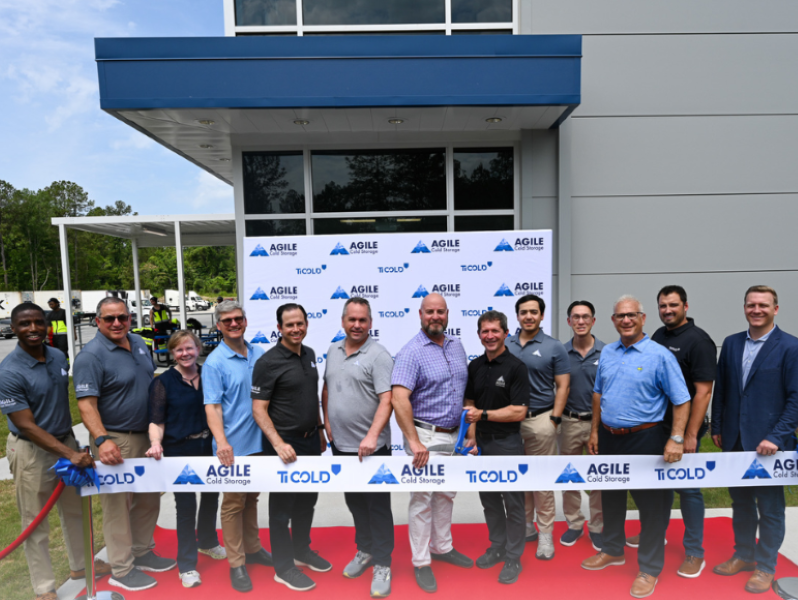
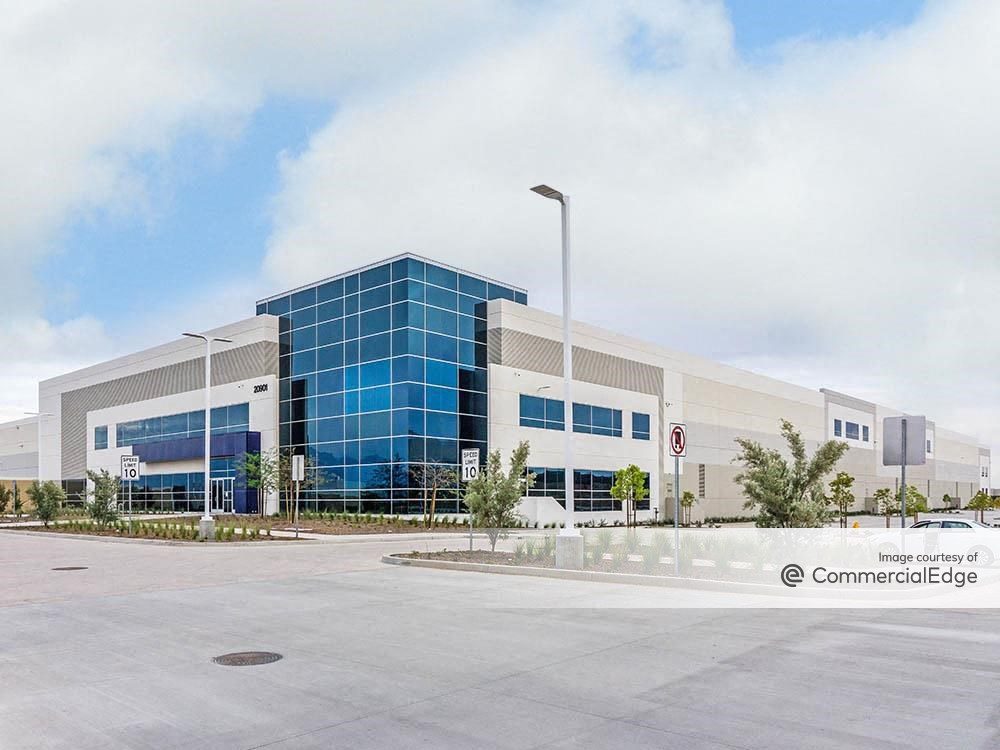
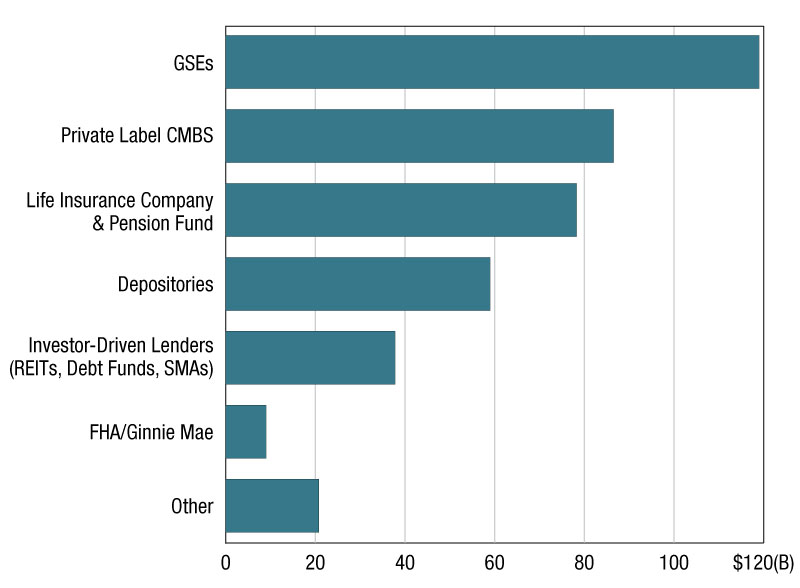
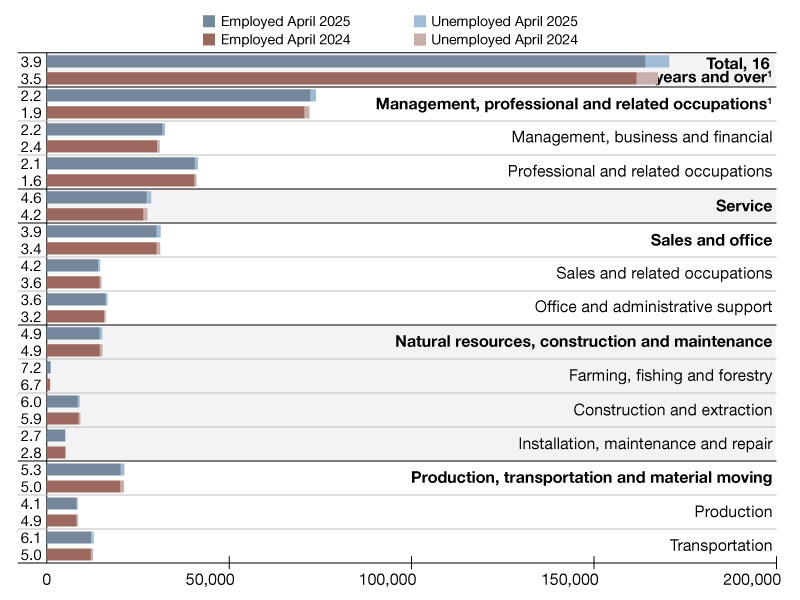
You must be logged in to post a comment.